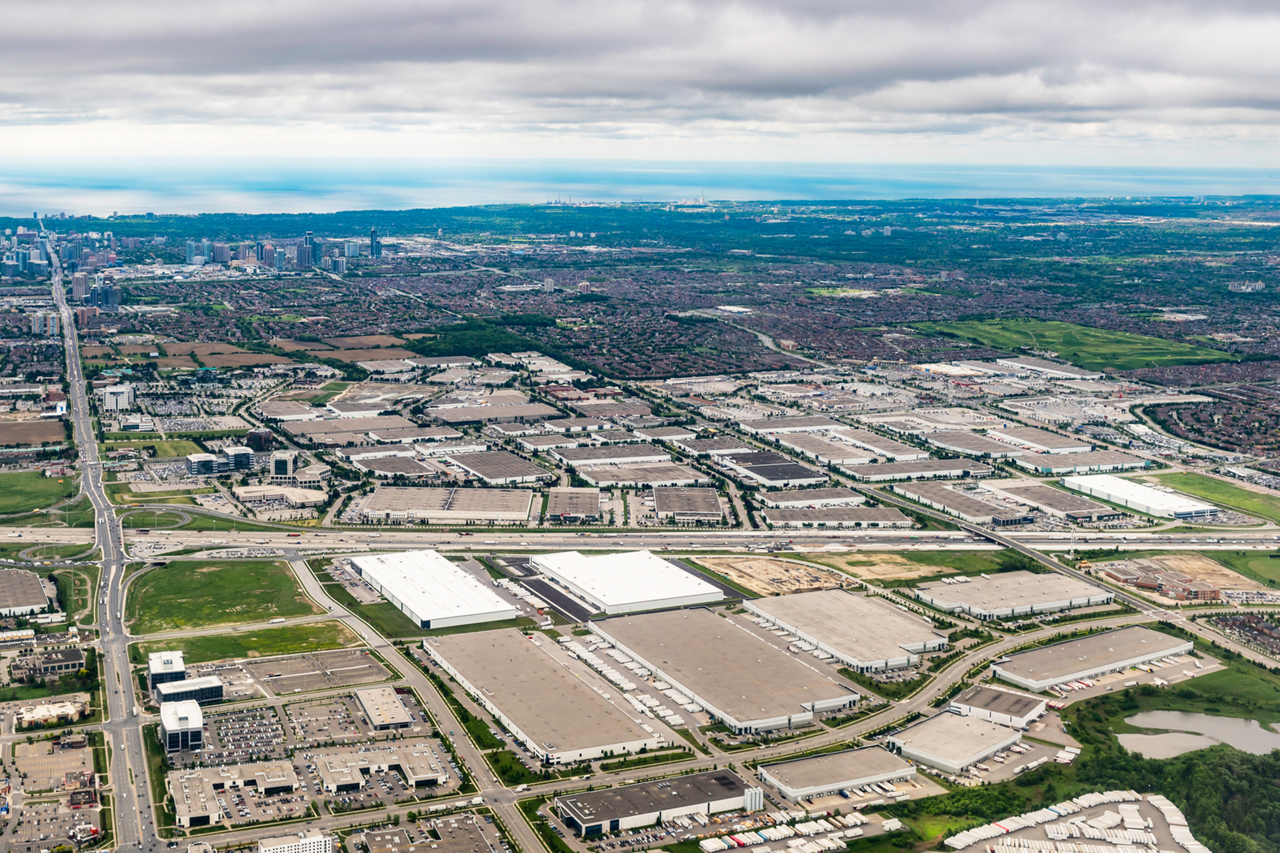
Land use stability is table stakes for the Toronto region which generates 25% of the country’s GDP. Home to more than 8 million people and 3.2 million jobs, more than 1.5 million of those jobs are located on employment lands. This includes 88% of the region’s high-paying manufacturing jobs.
With U.S. tariffs threatening Canada’s economic and political sovereignty, both federal and provincial governments have signalled a new approach to building and doing business, anchored by updated trade relationships, an energy superpower strategy, and a renewed industrial policy.
One critical issue that remains unaddressed: the urgent need to provide regulatory and policy certainty regarding land use for businesses looking to invest or expand in the Toronto region—Canada’s commercial and manufacturing heartland.
Legislative changes made by the Government of Ontario through Bill 97 (Helping Homebuyers, Protecting Tenants Act, 2023), which came into effect alongside the new Provincial Planning Statement in October 2024 to advance a housing first agenda, many have inadvertently exacerbated this uncertainty.
The changes, which included the redefinition of employment areas, the removal of the Provincially Significant Employment Zones (PSEZ) overlay, and the end of a comprehensive review process all made it easier to allow conversion requests on demand.
For firms looking to invest upwards of hundreds of millions of dollars over a 30- to 50-year horizon, uncertainty is a major risk. New residents’ complaints about noise, traffic, pollution, or hours of operation can lead to litigation and expensive mitigation. This can and has tipped the scale and flight of business toward more welcoming locations in the U.S. – at a time when need to retain and grow businesses here at home.
Given today’s economic context, the need has never been greater for a revitalized and bold provincial employment lands strategy, alongside balanced consideration for the essential housing needs as well.
This need for a revitalized employment lands strategy echoed by industry leaders at the Board’s employment lands symposium: Race for Space: Navigating Toronto's Employment Lands Crisis – emphasizing the economic imperative of such a strategy to attract both foreign and domestic investment.
Ontario’s Bill 5 (Protect Ontario by Unleashing Our Economy Act, 2025) is one response to the challenges we face today – and signals significant progress, but it is focused on building new infrastructure and unlocking energy and mineral resources in Northern Ontario – essential components that will strengthen our economic armour.
However, it does not provide the certainty needed today for tens of thousands of businesses on employment lands in the Toronto region itself. Areas that stretch from Oshawa to Scarborough, South Etobicoke, the GTA West Economic Gateway around Toronto Pearson International Airport, ports, intermodal yards and beyond. These areas are reserved for heavier, or sensitive uses like manufacturing, logistics, goods movement, energy generation—and increasingly, data centres.
The Toronto Region Board of Trade first raised the issue in our 2023 Race for Space report. At the time, over 715 conversion requests were already active across the region, underscoring the urgency to develop a regional employment lands strategy.
Three timely considerations make the case for a review now:
- First, the prolonged housing market slowdown has created some breathing room. With hundreds of thousands of approved but unbuilt projects in the pipeline, there is reduced urgency to convert more employment lands. Pausing further conversions would allow time to assess the impact of past housing-focused bills and address today’s economic challenges.
- Second, the City of Toronto’s OPA 804 - now before the Minister of Municipal Affairs and Housing - offers an opening to clarify provincial intent. The amendment proposes redesignating 255 hectares of employment land, currently supporting roughly 41,000 jobs, for mixed-use development including housing.
- Thirdly, the province needs to revisit the need to establish full service mega sites like the one that resulted in the Volkswagen battery plant in St. Thomas, Ontario.
Looking ahead, Ontario should consider re-instating PSEZ-like framework, which is not just as a land protection tool, but as a strategic foundation for a regional industrial policy aligned with energy, trade, and infrastructure priorities.
This is not only about housing or only about jobs. It’s about balance, ensuring that while we build more homes, we also protect a livable and prosperous region.
As the Board has stated before: these employment lands support over 1.5 million jobs, When the lands are gone, the jobs go with them, and so does the region’s competitiveness.
Phinjo Gombu is Director of Place-Based Research at the Toronto Region Board of Trade.
Prior to joining the Board, Phinjo worked as Director of Project Strategies at the Neptis Foundation and was Urban Affairs Reporter at the Toronto Star. Phinjo’s work at the Board supports the Board’s efforts to improve business competitiveness through understanding the intersection of balanced land use and the fiscal health of cities to enable sound infrastructure planning, regional economic development and greater business investments in the Toronto region.

